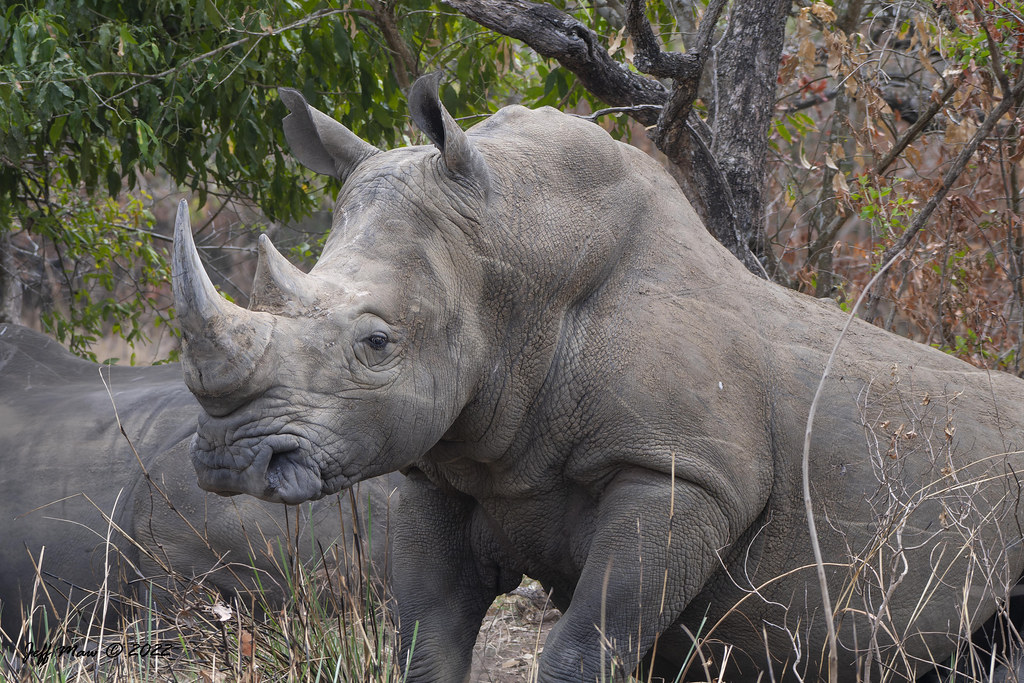Top Things to Do in Ziwa Rhino Sanctuary – Uganda’s Only Rhino Haven
Nestled in Nakasongola District, about 176 kilometers north of Kampala, Ziwa Rhino Sanctuary stands as one of Uganda’s most unique wildlife destinations. Managed by the Uganda Wildlife Authority (UWA) in collaboration with Ziwa Rhino and Wildlife Ranch, it is the only place in Uganda where visitors can see wild rhinos in their natural habitat. Beyond rhino tracking, Ziwa offers a wide range of exciting activities for nature enthusiasts, bird lovers, and families seeking an authentic African experience.
1. Rhino Tracking on Foot
The highlight of any visit to Ziwa Rhino Sanctuary is undoubtedly rhino tracking. Guided by trained rangers, you’ll set out on foot to locate and observe Uganda’s southern white rhinos in their natural environment. This is one of the few places in Africa where visitors can safely approach rhinos at close range — often within 30 to 50 meters.
During the walk, rangers share fascinating insights about rhino behavior, breeding, and conservation efforts. It’s a thrilling yet peaceful experience, as you watch these gentle giants grazing, interacting, and moving through the bush. Each tracking session lasts about one to two hours and can be done in the morning or late afternoon when the rhinos are most active.
2. Bird Watching Excursions
Ziwa Rhino Sanctuary is also a paradise for birdwatchers, boasting more than 300 recorded bird species. Its mix of savanna, acacia woodland, and wetlands provides ideal habitats for both resident and migratory birds.
You can spot African fish eagles, shoe-billed storks, Abyssinian ground hornbills, malachite kingfishers, weaver birds, and grey-crowned cranes — Uganda’s national bird. Early morning or evening bird walks with an expert guide are the best times to catch the sanctuary’s feathered residents in full song.
3. Nature Walks and Wildlife Viewing
Beyond rhinos, Ziwa is home to a rich variety of other animals. Guided nature walks allow you to explore the sanctuary’s beautiful landscapes on foot, encountering Uganda kobs, bushbucks, duikers, oribis, waterbucks, and even warthogs. These leisurely walks offer a quiet, immersive experience with nature and a chance to appreciate the sanctuary’s serene environment.
The guides are knowledgeable about the flora and fauna, pointing out medicinal plants, animal tracks, and the subtle signs of wildlife activity that most visitors might miss.
4. Canoe Rides and Shoebill Stork Viewing
For a more tranquil and scenic experience, you can take a canoe ride through Lugogo Swamp, one of the sanctuary’s hidden treasures. The swamp is one of the best places in Uganda to see the elusive shoebill stork, one of the world’s most sought-after birds.
These canoe safaris are conducted early in the morning when bird activity is at its peak. Along the way, you’ll glide silently through papyrus channels, watching as fish eagles swoop above and herons stalk the shallows. It’s an ideal activity for photographers and bird lovers seeking rare sightings.
5. Night Walks and Nocturnal Adventures
As night falls, Ziwa transforms into a different world. With a guide and flashlight, you can embark on a night nature walk to encounter nocturnal species rarely seen during the day. Expect to hear the chorus of frogs and insects while spotting bush babies, porcupines, mongooses, and occasionally leopards moving through the shadows.
Night walks provide an intimate and thrilling way to experience the African wilderness and are perfect for adventurous travelers seeking something beyond the usual daytime safari.
6. Photography and Conservation Education
For photographers, Ziwa Rhino Sanctuary offers endless opportunities — from sunrise shots over acacia woodlands to up-close portraits of rhinos and birdlife. The sanctuary’s open landscapes and golden lighting make it a dream for wildlife photography.
Ziwa also serves as a living classroom for conservation education. Visitors can learn about rhino behavior, anti-poaching efforts, and breeding programs. Families traveling with children find this especially enriching, as it teaches the next generation about wildlife protection and environmental responsibility.
7. Relaxation and Overnight Stay
For those who wish to spend more time at the sanctuary, overnight stays are available at lodges such as Amuka Safari Lodge, which sits within the sanctuary. The lodge features comfortable cottages, a swimming pool, and a restaurant serving both Ugandan and international cuisine. Evenings here are magical — with campfires, star-filled skies, and the distant calls of nocturnal wildlife creating a true African bush atmosphere.
Staying overnight also allows you to combine several activities — rhino tracking, birding, and night walks — for a complete Ziwa experience.
8. Community and Conservation Tours
Ziwa Rhino Sanctuary is deeply connected with local communities. Visitors can participate in community walks or cultural visits to nearby villages to see how conservation has improved livelihoods. These experiences provide valuable insight into how local people coexist with wildlife and benefit from eco-tourism.
Best Time to Visit Ziwa Rhino Sanctuary
Ziwa Rhino Sanctuary can be visited year-round, but the dry seasons (June to September and December to February) are ideal for outdoor activities, as the trails are easier to navigate and visibility is better for wildlife viewing. Early morning and late afternoon are the best times for rhino tracking and birding due to cooler temperatures and higher animal activity.
Getting to Ziwa Rhino Sanctuary
The sanctuary lies along the Kampala–Gulu highway, making it an easy stopover en route to Murchison Falls National Park. The drive from Kampala takes about 3–4 hours, while from Murchison it’s roughly 2 hours. The well-marked turn-off leads to the sanctuary gates, where visitors can book activities or join guided tours upon arrival.
Why Visit Ziwa Rhino Sanctuary
Visiting Ziwa isn’t just about seeing rhinos — it’s about witnessing Uganda’s commitment to restoring its once-lost wildlife. The sanctuary represents one of the country’s greatest conservation success stories, showing how collaboration between government, private landowners, and communities can revive a species that had vanished for over 30 years.
Each visit contributes to rhino protection, community development, and Uganda’s long-term goal of reintroducing rhinos into national parks. Whether you’re on a family safari, a birding expedition, or an adventure through Uganda’s wilderness, Ziwa Rhino Sanctuary offers experiences that are deeply meaningful, educational, and unforgettable.





